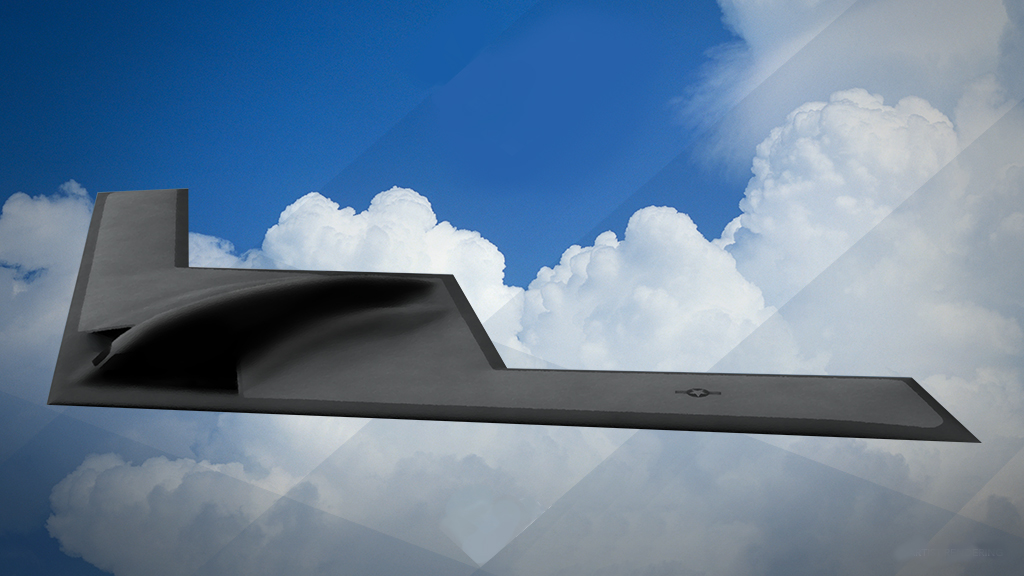
The budget includes a substantial increase in the B-21 Raider program from $1.3 billion to a requested $2 billion. B-21 Concept Art.
Gideon Grudo
Research, development, test, and evaluation received the biggest hike of all the sections in the Air Force’s Fiscal 2018 budget request to Congress—almost 25 percent more than last year.
Overall, the funding request is for $25.4 billion, over $5 billion more than what was enacted in 2017. Its top focus areas include developing a defense against nuclear and cyber threats, the future fleet, as well as future capabilities and technologies.
Within that request, the biggest specific hike goes to next generation air dominance with an increase from $21 million in 2017 to $295 million in Fiscal 2018, more than 14 times last year’s enacted. The most expensive of USAF’s RDT&E programs—science and technology—drops from $2.7 billion in Fiscal 2017 to $2.6 billion in 2018.
The Long-Range Standoff weapon saw a big bump in funding from 2017’s $96 million to $451 million, but the budget also focuses on modernizing ICBMs, recapitalizing the UH-1N, which patrols the missile fields, and invests in cyberspace activities and operation in “contested environments.”
The budget includes a substantial increase in the B-21 Raider program from $1.3 billion to a requested $2 billion, investments in the next generation flight trainer, and in developing the combat rescue helicopter. RTD&E also prioritizes modernization of fourth and fifth generation fighters and realigning the civilian acquisition workforce.
Other notable increases are an almost tripling of JSTARS recapitalization, from $128 million in 2017 to a requested $417 million, as well as funding for F-22 upgrades, which rose from the 2017 enacted of $376 million to $611 million. The JSTARS recap comes a year after USAF said it needed “roughly a year” to to get the program back on track. The service also said at the time it was hoping for a 2023 initial operational capability, but FY18 budget documents say the program is expected to reach IOC by 2024.
Almost doubling in the request is technology transition, which according to budget documents is a “high priority program to conduct experimentation campaigns and prototyping activities such as maturing adaptive turbine engine technologies for next generation propulsion systems.”